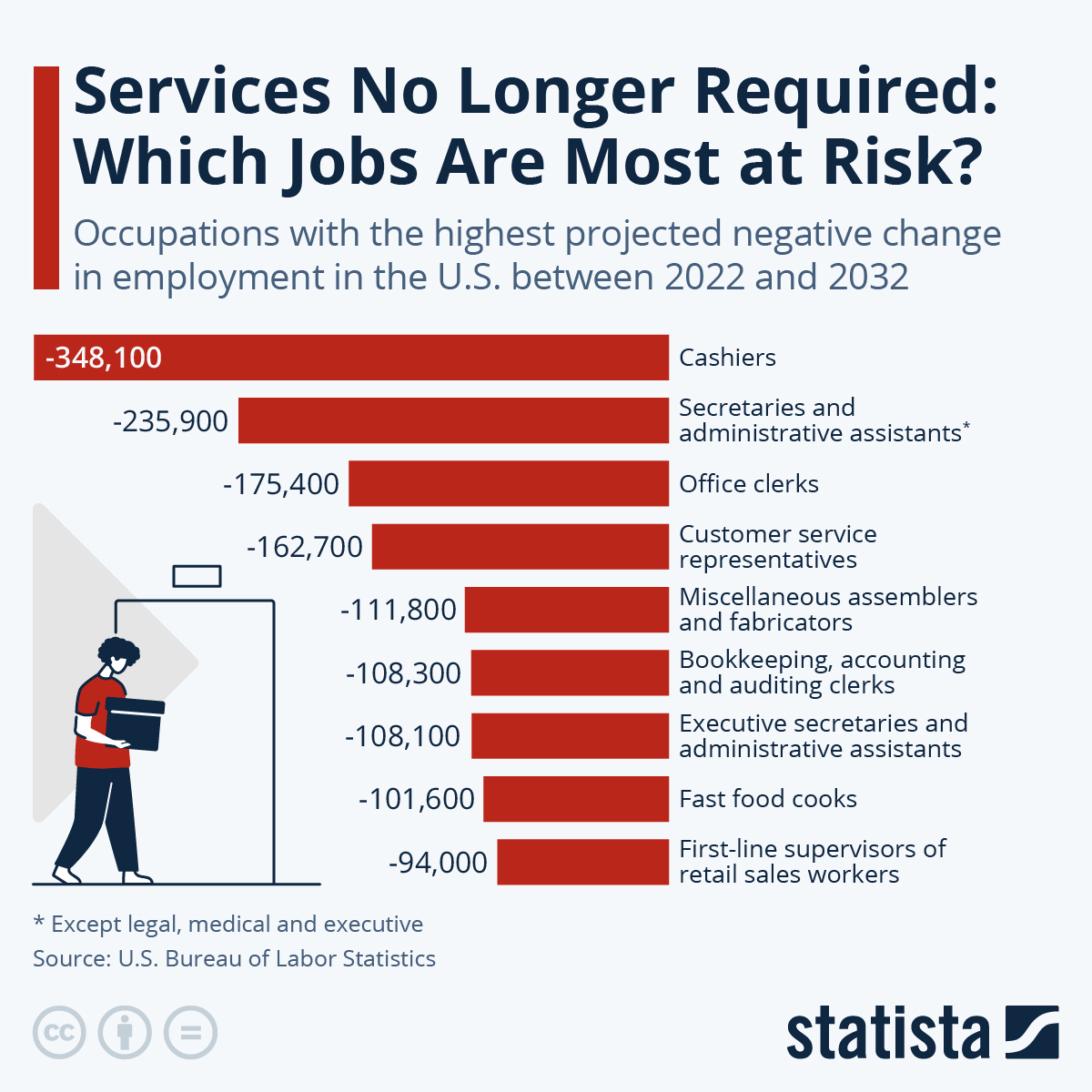
Find more statistics at Statista
Published by D. Clark, Aug 18, 2023
In 2023, approximately 4.42 million employees in the UK had employment contracts that allowed for flexible working hours, making it the most common flexible working practice that year.
The second-most prevalent type of flexible arrangement was an annualized hours contract, whereby an employee works a specified number of hours over a year, instead of working the same hours every week or month.
There were approximately 98,000 employees on contracts that involved job-sharing, making it the least common type of flexible working contract.
Unpaid care by age, sex and deprivation, England and Wales: Census 2021
The chart below shows that in England, the highest percentage of unpaid carers was in individuals aged between 55 and 59 years for females and between 60 and 64 years for males Age-specific percentages of unpaid carers by age group, sex and number of unpaid care hours provided per week, England, 2021. Data from article on Unpaid care by age, sex and deprivation, England and Wales: Census 2021

